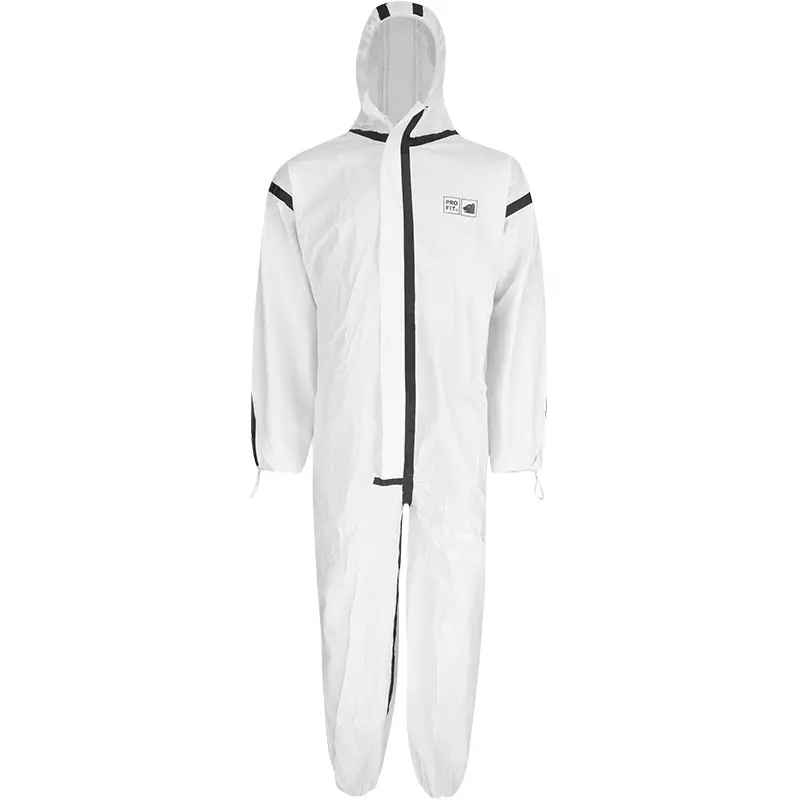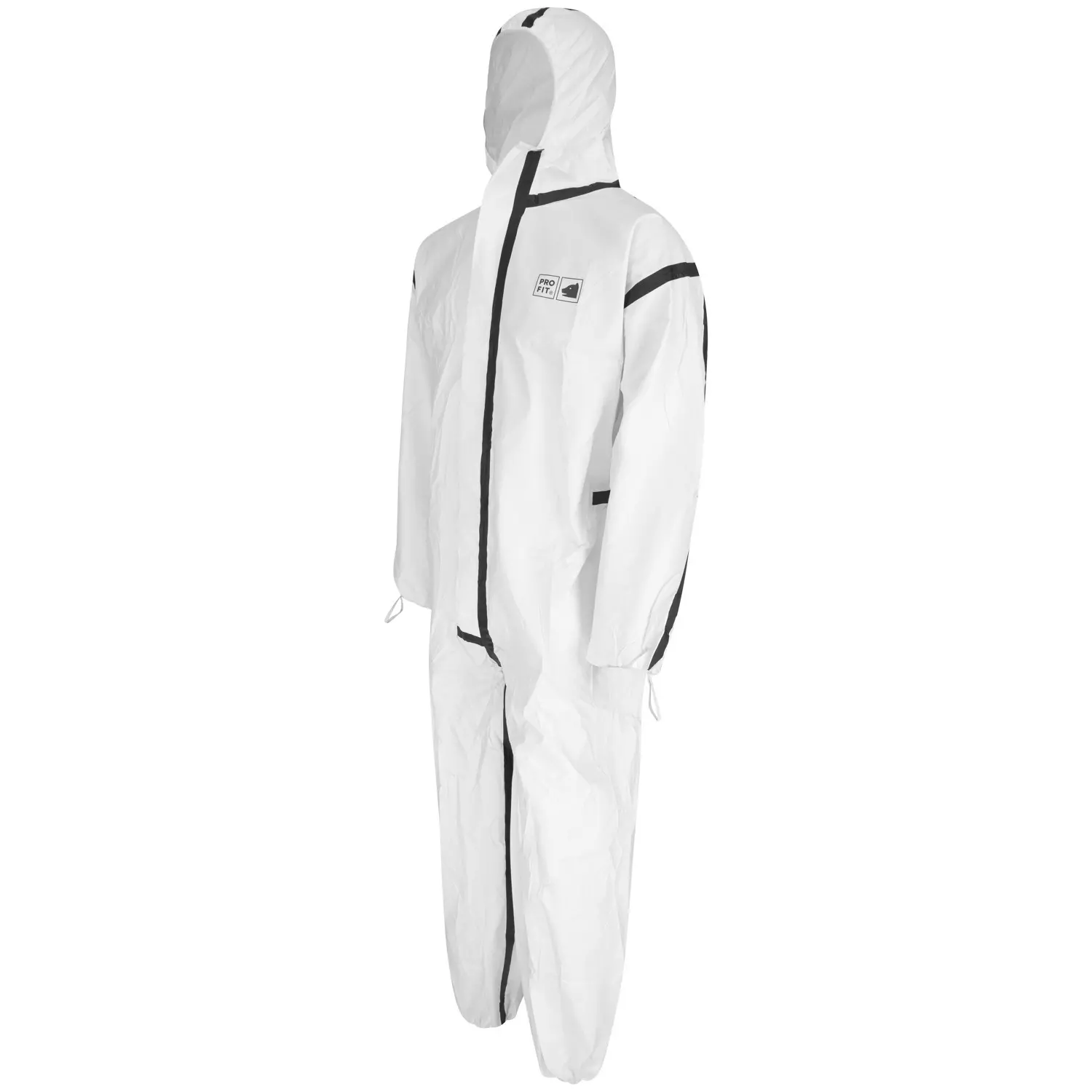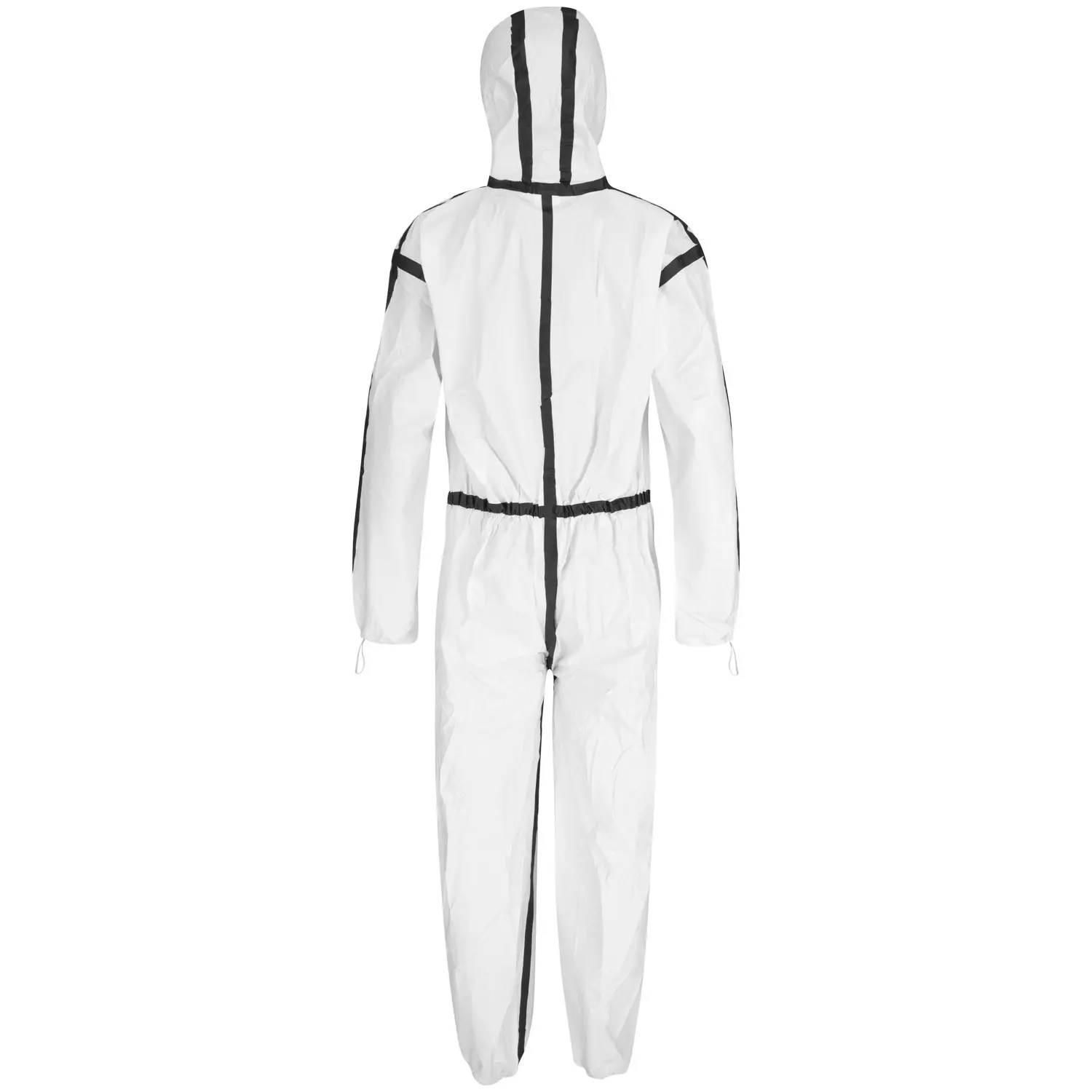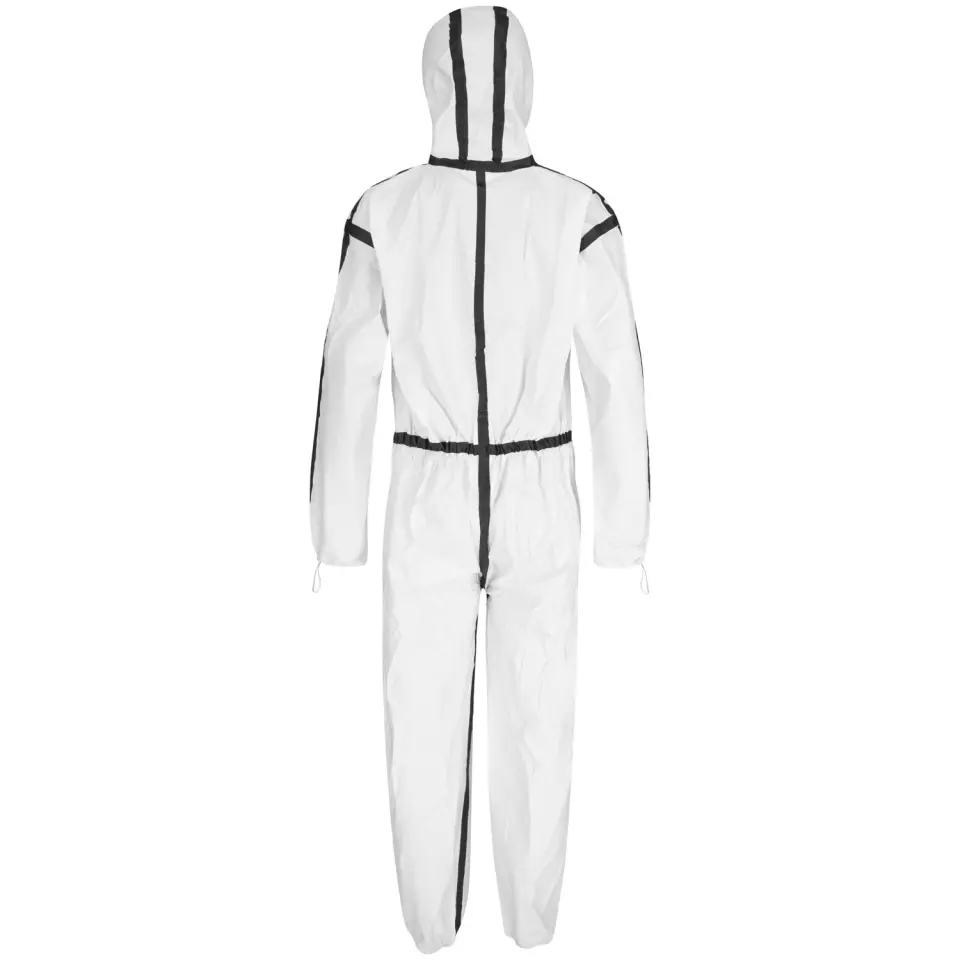


Features You'll Love

Waist Type · Elastic
Determines how the waist area fits and adjusts, affecting comfort and security of the coveralls during movement and work activities.

Fit · Regular
Determines how closely the overalls follow your body shape, affecting comfort, range of motion, and ability to layer clothing underneath.

Overall Type · Hooded
Defines the functional design type of the overalls, such as insulated for cold weather, disposable for contamination protection, or hooded for added coverage.
Fitzner Arbeitsschutz
Eisbär plus Chemical Protective Coverall
Fitzner Arbeitsschutz
Eisbär plus Chemical Protective Coverall
4.7 / 5
4,92 €
Choose size
Out of stock
Shipping fee is 4,74 € for orders under 150,00 €
Features You'll Love

Waist Type · Elastic
Determines how the waist area fits and adjusts, affecting comfort and security of the coveralls during movement and work activities.

Fit · Regular
Determines how closely the overalls follow your body shape, affecting comfort, range of motion, and ability to layer clothing underneath.

Overall Type · Hooded
Defines the functional design type of the overalls, such as insulated for cold weather, disposable for contamination protection, or hooded for added coverage.
Product description
This high-quality protective coverall made of microporous film membrane offers comprehensive protection in demanding working conditions. The combination of robust materials and sealed seams ensures reliable protection against various hazardous substances. The ergonomic design with elastic cuffs and a three-part hood provides high wearing comfort while maintaining optimal protective function.
Product Features:
- Microporous film membrane for optimal protection
- Antistatic properties
- Elastic cuffs on arms, legs and waist
- Three-part hood for optimal fit
- Sealed seams and taped zipper cover
Technical Details:
- Category III PPE for irreversible risks
- Protection Types 3B, 4B, 5B, 6B
- Biological protection according to EN 14126
- Antistatic properties according to EN 1149-5
Standards:
- EN ISO 13688:2013
- EN ISO 13982-1:2004 A1:2010
- EN 13034:2005 A1:2009
- EN 14126:2003 AC:2004
- EN 14605:2005 A1:2009
- EN 1073-2:2002
- EN 1149-5:2008